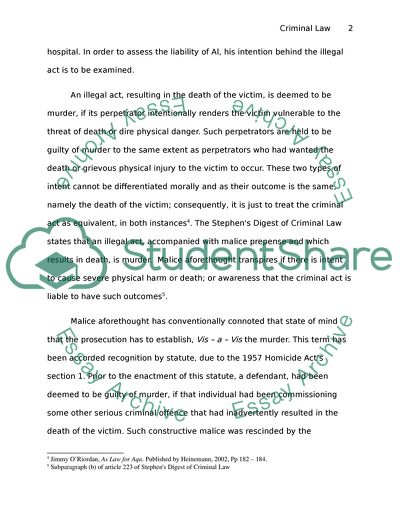Cite this document
(Criminal Law Problem Assignment Example | Topics and Well Written Essays - 1750 words, n.d.)
Criminal Law Problem Assignment Example | Topics and Well Written Essays - 1750 words. https://studentshare.org/law/1717465-criminal-law-problem-question
Criminal Law Problem Assignment Example | Topics and Well Written Essays - 1750 words. https://studentshare.org/law/1717465-criminal-law-problem-question
(Criminal Law Problem Assignment Example | Topics and Well Written Essays - 1750 Words)
Criminal Law Problem Assignment Example | Topics and Well Written Essays - 1750 Words. https://studentshare.org/law/1717465-criminal-law-problem-question.
Criminal Law Problem Assignment Example | Topics and Well Written Essays - 1750 Words. https://studentshare.org/law/1717465-criminal-law-problem-question.
“Criminal Law Problem Assignment Example | Topics and Well Written Essays - 1750 Words”. https://studentshare.org/law/1717465-criminal-law-problem-question.


